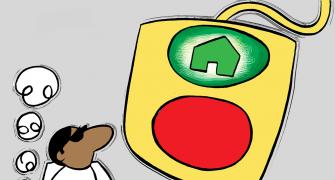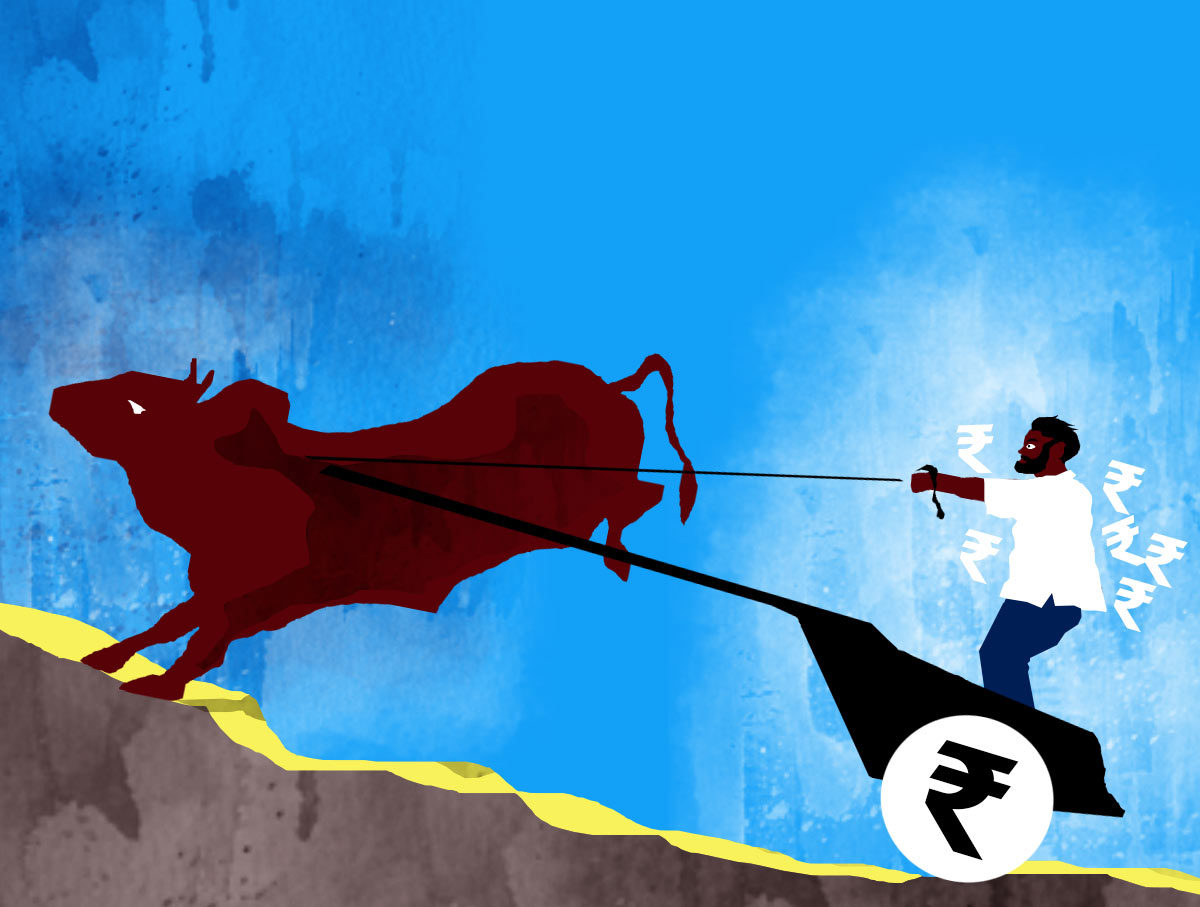While most borrowers calculate the gain they stand to make from switching to a lower interest rate, they often fail to take into account all the costs.

The Reserve Bank of India hiked the repo rate by 25 basis points (bps) on February 8.
It now stands at 6.5 per cent. Experts believe we are now at, or close to, the peak of the rate hike cycle.
With most home loans linked to an external benchmark (usually the repo rate), borrowers will pay peak, or near peak, interest rates on them.
For many borrowers, the option to enhance the tenure has been exhausted and their equated monthly instalments (EMIs) will move up now.
Those feeling the pinch should explore the option of switching (also referred to as home loan balance transfer or HLBT).
"Typically, for a collateral-backed loan like home loan, you can get a balance transfer as early as 12 months into the tenure," says Arun Ramamurthy, director, digital transformation, branding & strategy, Andromeda.
Switch if credit score has improved
Lenders charge between 50 and 200 bps as credit risk premium over the benchmark rate.
"If your credit score has improved over time," says Adhil Shetty, CEO, Bankbazaar, "you may be able to get a lower interest rate."
The benefit can be significant for first-time borrowers who had no credit score when they first took the loan, Shetty adds.
New lenders often waive the processing fee for borrowers who have a good credit score.
If you are on an older regime
Many borrowers are still on a marginal cost of funds-based lending rate (MCLR)-linked loan.
In the case of loans linked to the repo rate, the transmission of rate hikes is rapid.
Rates of loans linked to the MCLR respond with a lag.
The faster transmission is a boon when interest rates are falling.
Currently, it is possible that the rates of borrowers on MCLR-based loans may be lower.
Such borrowers may postpone switching until interest rates begin to fall.
The case could be different for those on loans linked to older benchmarks.
"In the case of base rate or benchmark prime lending rate (BPLR) loans, the difference from the best rates those borrowers can get today can be as much as 3 percentage points. They should switch," says Shetty.
Difference in credit premiums
The spread over the benchmark rate can vary from one lender to another.
Hence, for the same loan amount, tenure, and eligibility criteria, the rates offered by various lenders giving repo rate linked loans can be different.
If you need a top-up
Many lenders offer top-up facility to borrowers transferring their home loans to them.
Such top-up loans don't have any restrictions on end usage.
Their rates are usually the same as that of the underlying home loan, or just a notch higher.
"Borrowers who are not able to avail the top-up facility from their existing lenders or are being charged higher interest rates for it can transfer," says Ratan Chaudhary, head of home loans, Paisabazaar.
Minimum difference required
The savings on interest cost would depend on three factors, says Chaudhary: The outstanding balance of the existing home loan, the residual tenure, and the difference in interest rates between the two loans.
Shetty says it is always better to switch early in the loan tenure.
According to Rishi Mehra, CEO, Wishfin.com, "Usually, the minimum difference between the existing loan rate and the new lender's rate should be at least 35 to 45 basis points for switching to be viable."
Do use an online HLBT calculator to calculate the exact gain from switching.
Factor in the costs
While most borrowers calculate the gain they stand to make from switching to a lower interest rate, they often fail to take into account all the costs.
The most common costs associated with switching are application charges, processing charges, and prepayment penalty (applicable on fixed-rate loans only).
Ramamurthy says, "Some institutions may charge a commitment fee and, in the case of home loans, a mortgage deed fee and legal fee."
Mehra suggests you avoid extending the loan tenure while switching as this will raise your interest cost.











